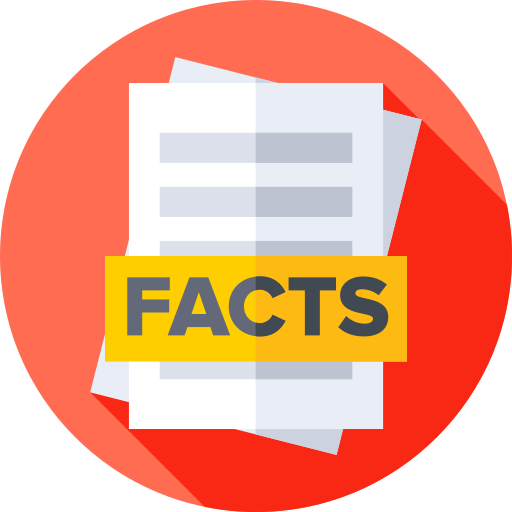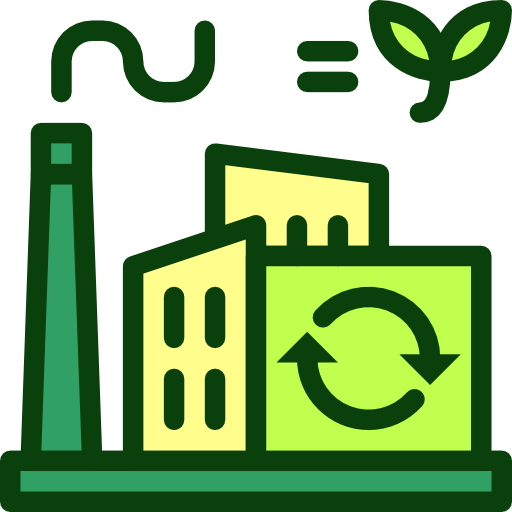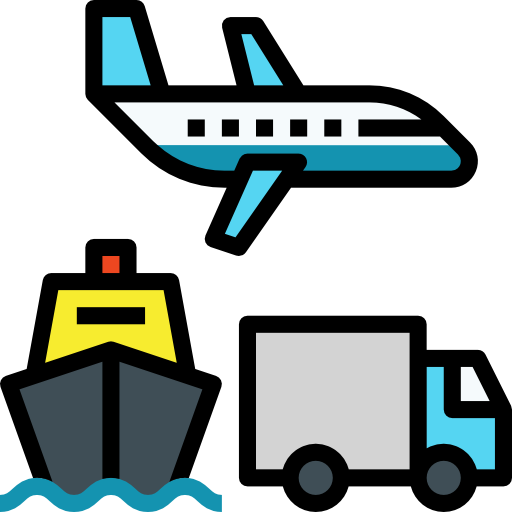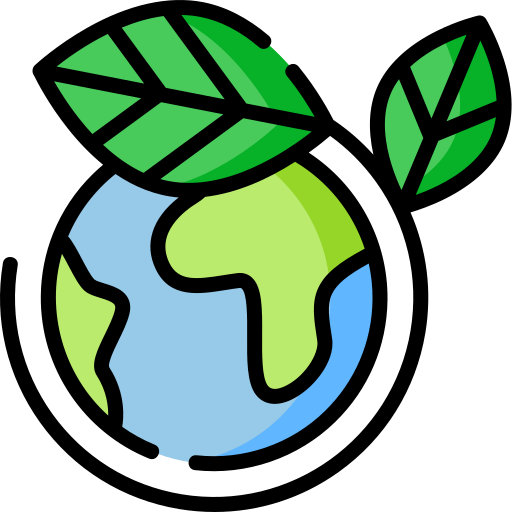Russia - Geography

Here, let us take a look at the Geography of Russia. note 1: largest country in the world in terms of area; despite its size, much of the country lacks the soil and climate (either too cold or too dry) for agriculture
note 2: Russia's far east, particularly the Kamchatka Peninsula, lies along the Ring of Fire, which is a belt bordering the Pacific Ocean that contains about 75% of the world's volcanoes and up to 90% of the world's earthquakes
note 3: Mount El'brus is Europe's tallest peak; Lake Baikal, the deepest lake in the world, is estimated to hold one fifth of the world's fresh surface water
note 4: Kaliningrad oblast is an exclave annexed from Germany after World War II; its capital city of Kaliningrad -- formerly Koenigsberg -- is the only Baltic port in Russia that remains ice-free in the winter. Mother's mean age at first birth is 25.2 years (2013 est.) (), whereas, the Maternal mortality ratio is 9 deaths/100,000 live births (2023 est.)
Geographical data of Russia
| Location | North Asia bordering the Arctic Ocean, extending from Eastern Europe (the portion west of the Urals) to the North Pacific Ocean |
|---|---|
| Geographic coordinates | 60 00 N, 100 00 E |
| Map references | Asia |
| Tarrain | broad plain with low hills west of Urals; vast coniferous forest and tundra in Siberia; uplands and mountains along southern border regions |
| Natural Resources | wide natural-resource base including major deposits of oil, natural gas, coal, and many strategic minerals, bauxite, reserves of rare earth elements, timber |
| Natural Hazards | permafrost over much of Siberia is a major impediment to development; volcanic activity in the Kuril Islands; volcanoes and earthquakes on the Kamchatka Peninsula; spring floods and summer/autumn forest fires in Siberia and parts of European Russia volcanism: Kamchatka Peninsula is home to 29 historically active volcanoes, with dozens more in the Kuril Islands; Kliuchevskoi (4,835 m) is Kamchatka's most active volcano; Avachinsky and Koryaksky volcanoes, which pose a threat to the city of Petropavlovsk-Kamchatsky, have been deemed Decade Volcanoes by the International Association of Volcanology and Chemistry of the Earth's Interior, worthy of study due to their explosive history and close proximity to human populations; other notable historically active volcanoes include Bezymianny, Chikurachki, Ebeko, Gorely, Grozny, Karymsky, Ketoi, Kronotsky, Ksudach, Medvezhia, Mutnovsky, Sarychev Peak, Shiveluch, Tiatia, Tolbachik, and Zheltovsky; see note 2 under "Geography - note" |
| Irrigated Land | 43,000 sq km (2012) |
| Major rivers (by length in km) | Yenisey-Angara - 5,539 km; Ob-Irtysh - 5,410 km; Amur river mouth (shared with China [s] and Mongolia) - 4,444 km; Lena - 4,400 km; Volga - 3,645 km; Kolyma - 2,513 km; Ural river source (shared with Kazakhstan [m]) - 2,428 km; Dnepr (Dnieper) river source (shared with Belarus and Ukraine [m]) - 2,287 km; Don - 1,870 km; Pechora - 1,809 km note: [s] after country name indicates river source; [m] after country name indicates river mouth |
| Major aquifers | Angara-Lena Basin, Pechora Basin, North Caucasus Basin, East European Aquifer System, West Siberian Basin, Tunguss Basin, Yakut Basin |
| Land Boundaries | 22,407 km |
| Border Countries | Azerbaijan 338 km; Belarus 1,312 km; China (southeast) 4,133 km and China (south) 46 km; Estonia 324 km; Finland 1,309 km; Georgia 894 km; Kazakhstan 7,644 km; North Korea 18 km; Latvia 332 km; Lithuania (Kaliningrad Oblast) 261 km; Mongolia 3,452 km; Norway 191 km; Poland (Kaliningrad Oblast) 209 km; Ukraine 1,944 km |
| Coastline | 37,653 km |
| Climate | ranges from steppes in the south through humid continental in much of European Russia; subarctic in Siberia to tundra climate in the polar north; winters vary from cool along Black Sea coast to frigid in Siberia; summers vary from warm in the steppes to cool along Arctic coast |
| Area | |
| Total Area | |
| Land Area | 16,377,742 sq km |
| Water Area | 720,500 sq km |
| comparative Area | approximately 1.8 times the size of the US |
| Maritime Claims | |
| Territorial sea | 12 nm |
| Contiguous zone | 24 nm |
| Exclusive economic zone | 200 nm |
| Continental shelf | 200-m depth or to the depth of exploitation |
| Elevations | |
| Highest point | Gora El'brus (highest point in Europe) 5,642 m |
| Lowest point | Caspian Sea -28 m |
| Mean elevation | 600 m |
| Land Use | |
| Agricultural land | 13.2% (2023 est.) |
| Agricultural land: arable land | arable land: 7.4% (2023 est.) |
| Agricultural land: permanent crops | permanent crops: 0.1% (2023 est.) |
| Agricultural land: permanent pasture | permanent pasture: 5.6% (2023 est.) |
| Forest | 50.7% (2023 est.) |
| Other | 35.9% (2023 est.) |
Population Distribution
Population is heavily concentrated in the westernmost fifth of the country, extending from the Baltic Sea south to the Caspian Sea, and eastward parallel to the Kazakh border; elsewhere, sizeable population pockets are isolated and generally found in the south
People and Society
In Russia, the different Ethnic groups are such that we have: Russian 77.7%, Tatar 3.7%, Ukrainian 1.4%, Bashkir 1.1%, Chuvash 1%, Chechen 1%, other 10.2%, unspecified 3.9% (2010 est.)
| Population | |
|---|---|
| Pop growth rate | -0.49% (2024 est.) |
| Birth rate | 8.4 births/1,000 population (2024 est.) |
| Death rate | 14 deaths/1,000 population (2024 est.) |
| Health expenditure | |
| Physicians Density | |
| Hospital bed Density | 7 beds/1,000 population (2021 est.) |
| Total fertility rate | 1.52 children born/woman (2024 est.) |
| Gross reproduction rate | 0.74 (2024 est.) |
| Contraceptive prevalence rate | |
| Est married women (ages 15-49) | 53.1% (2023 est.) |
| Literacy | |
| Education expenditures | |
| Net Migration rate | 0.8 migrant(s)/1,000 population (2024 est.) |
| Nationality | Russian | Russian(s) |
| Languages | |
| Religions | Russian Orthodox 15-20%, Muslim 10-15%, other Christian 2% (2006 est.) |
| Age Structure | |
| 0-14 years | 16.5% (male 11,956,284/female 11,313,829) |
| 15-64 years | 65.7% (male 45,007,073/female 47,518,221) |
| 65 years and over | 17.8% (2024 est.) (male 8,533,448/female 16,491,955) |
| Dependency Ratios | |
| Total dependency ratio | 52.2 (2024 est.) |
| Youth dependency ratio | 25.2 (2024 est.) |
| Elderly dependency ratio | 27 (2024 est.) |
| Potential support ratio | 3.7 (2024 est.) |
| Median Age | |
| Total | 41.9 years (2024 est.) |
| Male | 39.4 years |
| Female | 44.5 years |
| Urbanization | |
| Urban population | 75.3% of total population (2023) |
| Rate of urbanization | 0.11% annual rate of change (2020-25 est.) |
| Major urban areas (Pop) | 12.680 million MOSCOW (capital), 5.561 million Saint Petersburg, 1.695 million Novosibirsk, 1.528 million Yekaterinburg, 1.292 million Kazan, 1.251 million Nizhniy Novgorod (2023). |
| Sex Ratio | |
| At birth | 1.06 male(s)/female |
| 0-14 years | 1.06 male(s)/female |
| 15-64 years | 0.95 male(s)/female |
| 65 years and over | 0.52 male(s)/female |
| Total population | 0.87 male(s)/female (2024 est.) |
| Infant Motality | |
| Total | 6.5 deaths/1,000 live births (2024 est.) |
| Male | 7.2 deaths/1,000 live births |
| Female | 5.8 deaths/1,000 live births |
| Life Expectancy at birth | |
| Total population | 72.3 years (2024 est.) |
| Male | 67.4 years |
| Female | 77.4 years |
| Drinking Water Sources | |
| Improved: urban | urban: 98.9% of population (2022 est.) |
| Improved: rural | rural: 91.5% of population (2022 est.) |
| Improved: total | total: 97.1% of population (2022 est.) |
| Unimproved: urban | urban: 1.1% of population (2022 est.) |
| Unimproved: rural | rural: 8.5% of population (2022 est.) |
| Unimproved: total | total: 2.9% of population (2022 est.) |
| Sanitation facility acess | |
| Improved: urban | urban: 95.4% of population (2022 est.) |
| Improved: rural | rural: 71.4% of population (2022 est.) |
| Improved: total | total: 89.4% of population (2022 est.) |
| Unimproved: urban | urban: 4.6% of population (2022 est.) |
| Unimproved: rural | rural: 28.6% of population (2022 est.) |
| Unimproved: total | total: 10.6% of population (2022 est.) |
| Alcohol consumption per capita | |
| Total | 7.29 liters of pure alcohol (2019 est.) |
| Beer | 3.04 liters of pure alcohol (2019 est.) |
| Wine | 0.97 liters of pure alcohol (2019 est.) |
| Spirits | 3.16 liters of pure alcohol (2019 est.) |
| Other alcohols | 0.12 liters of pure alcohol (2019 est.) |
| Tobacco use | |
| Total | 26.5% (2025 est.) |
| Male | 40.2% (2025 est.) |
| Female | 15.1% (2025 est.) |
| Child marriage | |
| Women married by age 15 | 0.3% (2017) |
| Women married by age 18 | 6.2% (2017) |
Demographic profile
All Important Facts about Russia
Want to know more about Russia? Check all different factbooks for Russia below.









